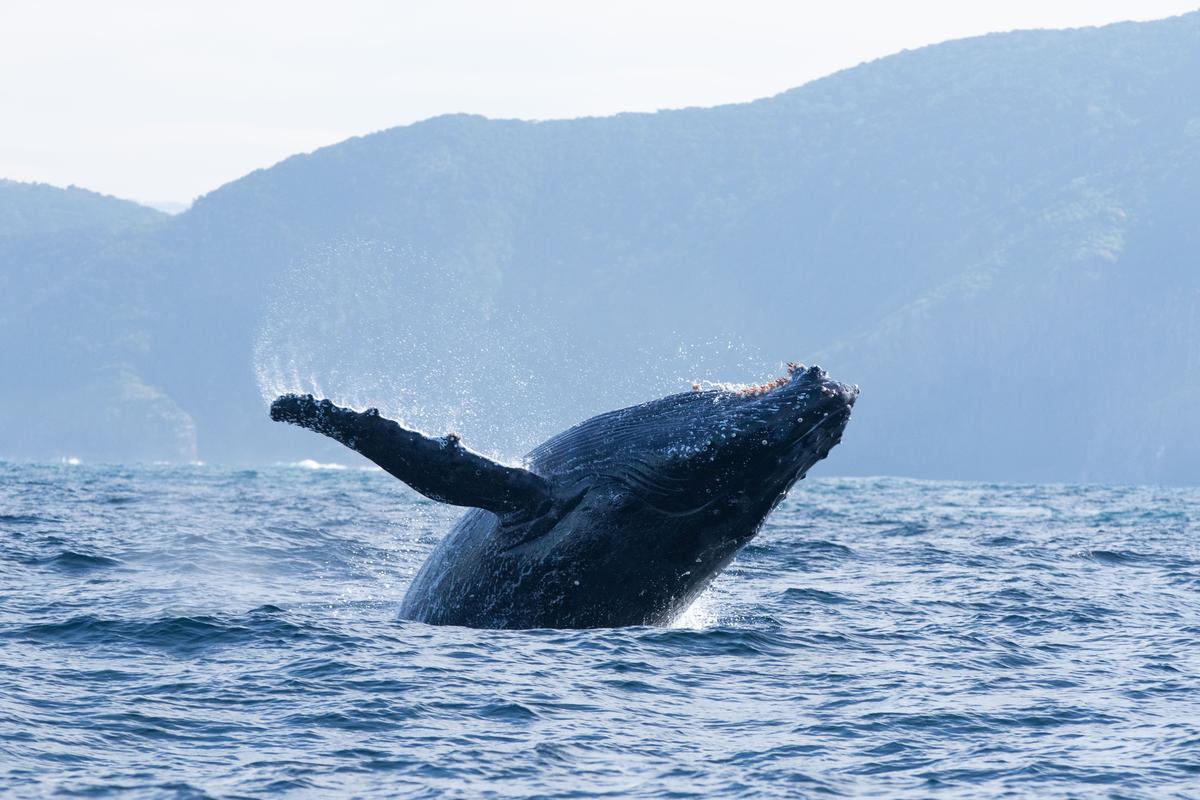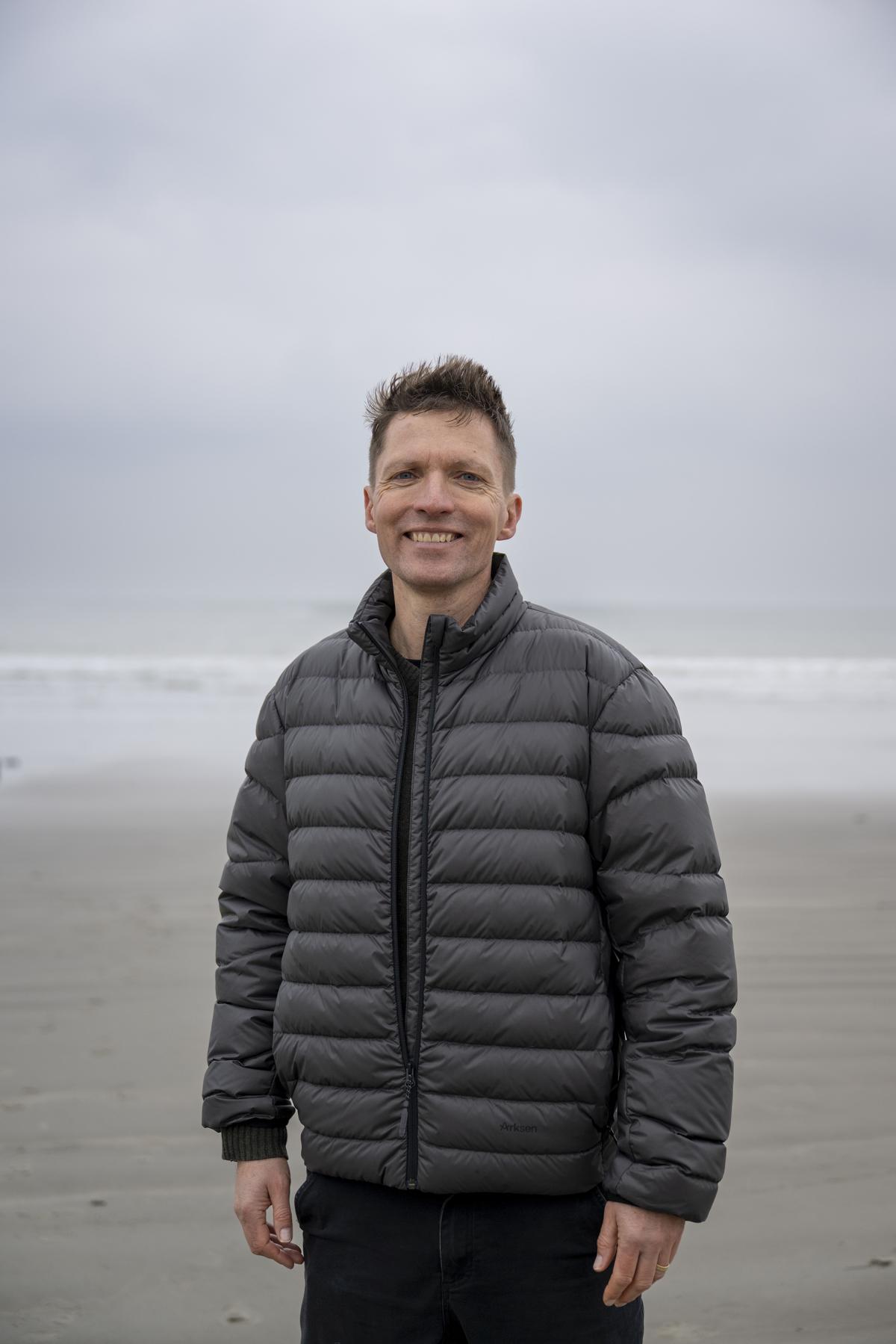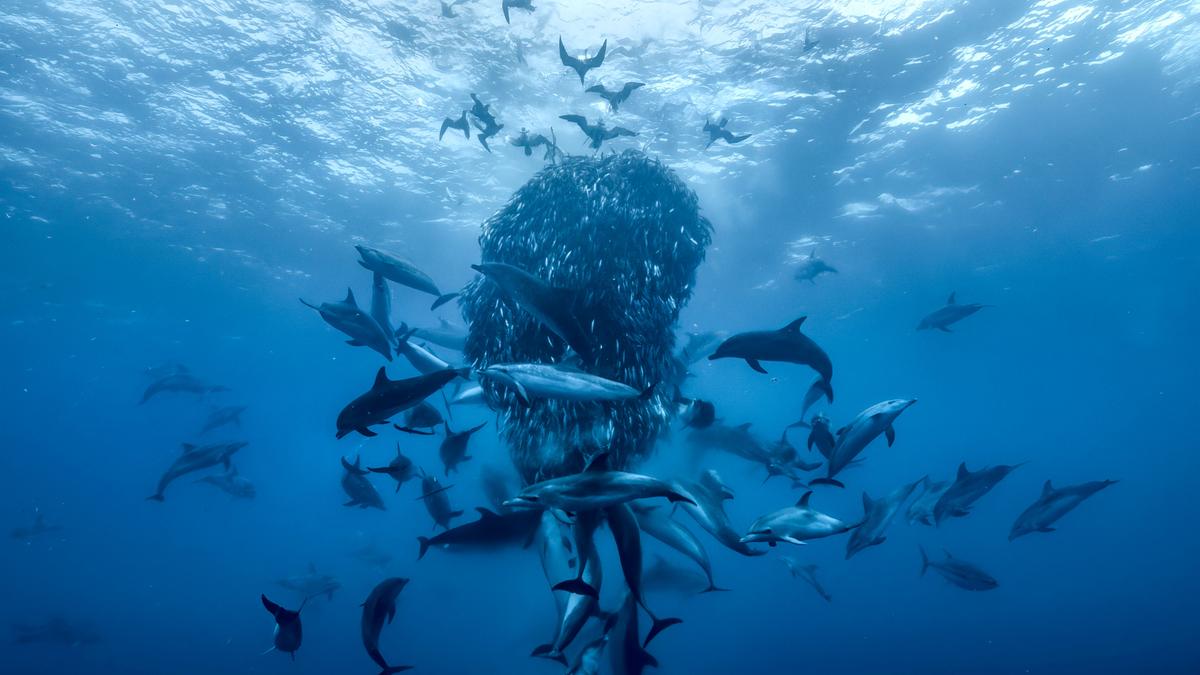There is no stopping David Attenborough. As the legendary broadcaster and natural historian turned 99 in May, he shares an important message on how the health of our oceans has a direct impact on our lives in a feature-length documentary, Ocean With David Attenborough.“After living for nearly a hundred years on this planet, I now understand that the most important place on Earth is not on land, but at sea,” he says.
Directed by seasoned conservationists, Toby Nowlan, Keith Scholey and Colin Butfield, Ocean With David Attenborough was shot over two years around the world, including the Azores (Portugal), California, Indonesia, the U.K., Liberia, Antarctica, the Mediterranean and Hawaii. The film premieres on National Geographic on World Oceans Day on June 8.
Working with Attenborough was an absolute privilege, Colin says over a video call from London. “He’s a master storyteller. He’s had a life that spans the narrative of the film, witnessing all the great ocean discoveries as well as the destruction.”
Attenborough was embedded through the film, Colin says. “We worked with him to develop and refine the script. He wrote these incredible pieces to camera. You can sense his passion for the ocean, as well as his great authority. People understand and trust him,” he adds. The ability to tell a story of that quality was fundamental to the film, Colin says. “We definitely could not make this film without him.”

A humpback whale breaches. (Credit: Silverback Films and Open Planet Studios/Steve Benjamin)
| Photo Credit:
Steve Benjamin
While shoots on this scale come with innumerable heart-stopping moments, one particular shoot in the Azores Islands is burned into Keith’s brain. “We were trying to film these big bait balls where whale, sharks, and dolphins come to feed,” Keith says over a video call from Bristol. “There’s one amazing moment when our underwater cameraman, Doug Anderson, jumped into the mayhem.”
As Anderson was filming, Keith says, a huge sei whale came at him. “That’s the third-biggest whale in the world. Doug just picks this perfect shot, and you see the whale going past him, you can see the whale’s tail coming at him, but he just held the shot. It’s a remarkable scene.”

Being able to show people parts of the world they’ve never seen is part of the joy of creating Nature documentaries, Colin says. “One of the exciting things here was, how do you reveal an ocean in a way that feels truly immersive? With towering kelp forests and gorgeous coral reefs, you’ve got an incredible Natural world to play with here and be able to show and delight people.”
The challenge, Colin says, was trying to show some of the destruction in a way that it has never been shown before. “A big objective of ours was to be able to film bottom trawling. We had thought and presumed, the footage would exist already, but found that it didn’t. To capture that in a way that would bring home the destruction to viewers, and then to find the best examples of recovery around the world and be able to present those in a way that felt fresh and inspiring, was the real test.”
Always hope
It is always hope not doomsday scenarios that are the need of the hour, Keith comments. “Whenever you show a problem, you have to show a solution. In this film, we focus on the fact that there’s a really easy solution. The wonderful thing about the ocean is, if you just leave it alone, it bounces back. You can have a protected area, and in five years you’ll see a big change, and in 10 years, there is a huge change.”

Colin Butfield on location while filming OCEAN WITH DAVID ATTENBOROUGH. (Credit: Conor McDonnell)
| Photo Credit:
Conor McDonnell
Not only does the protected area bounce back, Keith says, but everything around it bounces back as well. “There has never been a more hopeful subject right now to talk about in terms of conservation than the protection of the ocean and the benefits that can bring to humanity.”
“What we’ve tried to do here is show realistic hope,” Colin chimes in. “The images we’ve shown of ocean destruction are the most powerful that have ever been shown. So that’s certainly showing where this is going wrong, or where this could go wrong. As Keith rightly says, if you don’t balance that with hope, (and in the ocean, the hope is genuine), then you leave the audience powerless.”

When you watch Ocean With David Attenborough, Colin says, “You think, ‘I don’t like what’s happening right now. That’s horrific, but not only can I see a way out but one that can be enacted quickly.’ That’s far more motivating than just leaving people with the problem and hoping they find a way through it.”

A bait ball in the open ocean near Azores. (Credit: Silverback Films and Open Planet Studios/Doug Anderson)
| Photo Credit:
Doug Anderson
Technological advancements have been a huge help in shooting Nature, Keith says. “We use drones a lot. Earlier, if you wanted to film aerial, you had to have a helicopter, for which you need a big ship, which costs a huge amount of money. Now we could be out in the middle of the ocean, and pick up a little, cheap drone and get amazing images.”
Earlier, for underwater filming, Keith says scuba tanks were used. “They gave you an hour underwater. Now we use rebreathers, which circulates the air and you can have four, five or six hours underwater. So cinematographers can go down and film underwater like you do on land. There are loads of these changes that absolutely revolutionise what we can do.”
Ocean With David Attenborough premieres on National Geographic on June 8, at 7pm, and will also be available to stream on JioHotstar the same day
Published – June 07, 2025 12:16 pm IST
